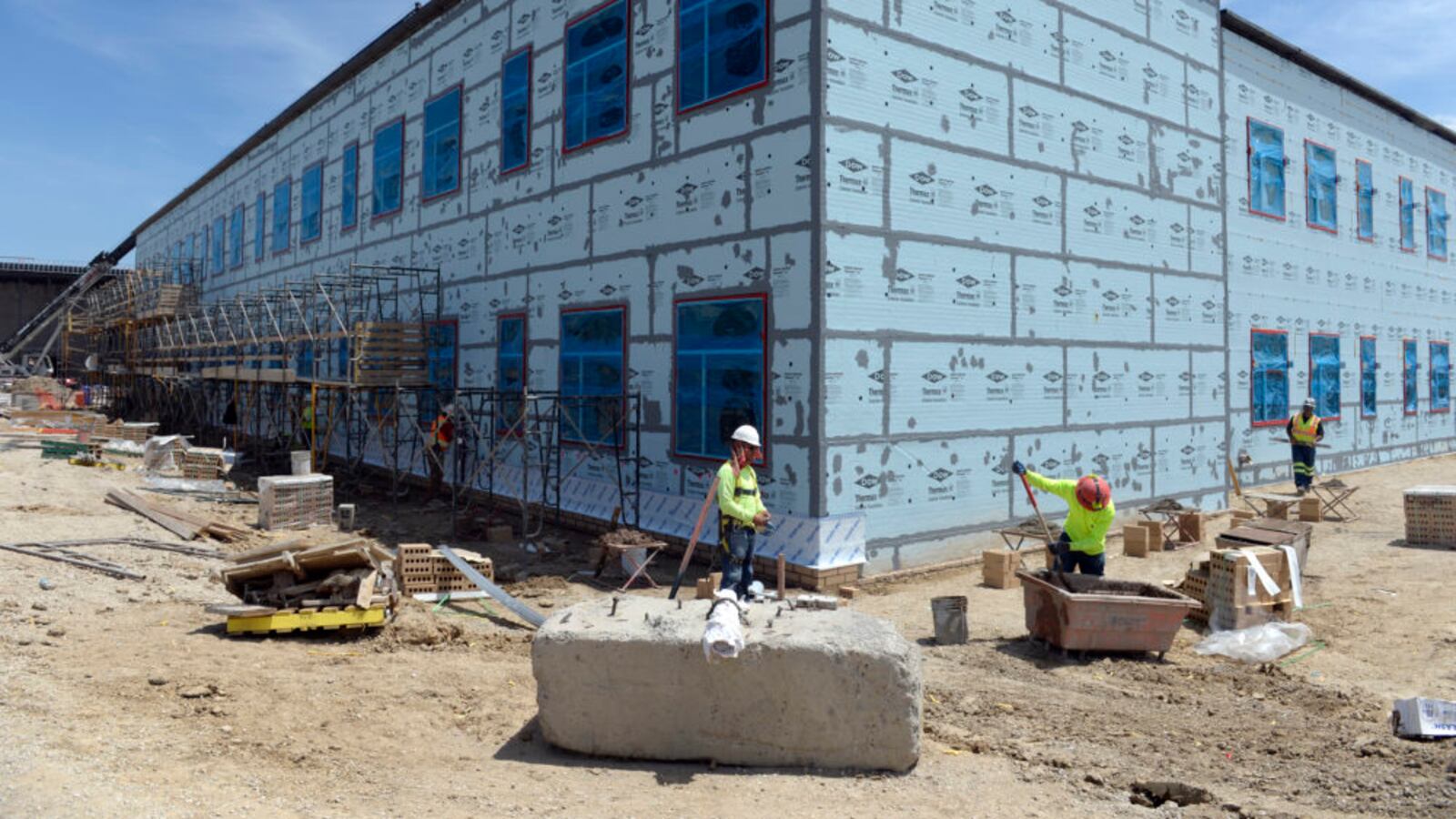Colorado schools submitted more than 50 requests worth more than $800 million this year seeking a share of state funds to pay for new roofs, heating and cooling systems, asbestos abatement, safety upgrades, and — for a lucky few — new school buildings.
They were eyeing the state’s Building Excellent Schools Today or BEST program for cash-strapped districts. That program would be able to grant a few more of those requests under a bill making its way through the Colorado legislature.
This bill, sponsored by state Rep. Shannon Bird of Westminster and state Sen. Rachel Zenzinger of Arvada, both Democrats, would take all the marijuana excise tax money collected by the state — estimated to be about $58 million in the 2019-20 fiscal year — and put it toward the BEST program.
Until this year, marijuana tax money going to the program was capped at $40 million a year. Legislation last year increased that to 90 percent of all excise tax money, and this legislation would put the remaining 10 percent toward school repairs and construction. That would be an increase of roughly $5.8 million over this year.
The bill has passed the House Education and Finance committees with bipartisan support and goes next to Appropriations.
A separate bipartisan bill awaiting the governor’s signature would allow money from the BEST program to be used to retrofit classrooms and buy equipment for career and technical education. That bill, however, doesn’t allocate any additional money.
Kathy Gebhardt, vice chair of the Capital Construction Assistance Board, which administers the BEST program, said the additional money will help, though Colorado needs a better long-term solution to its infrastructure needs. Revenue from pot taxes is expected to plateau as more states and Canada legalize recreational marijuana.
Bird said the bill honors the intent of Colorado voters when they passed Amendment 64. That measure legalized recreational marijuana in Colorado, and the campaign relied heavily on the premise that pot taxes would fund school repairs and construction.
That campaign has continued to haunt Colorado’s school finance debate, as many people believe that schools are awash in pot dollars. The reality is that very little marijuana money goes toward operating expenses, like teacher salaries.
This bill also doesn’t affect marijuana sales tax revenue, a much greater revenue stream that goes for a variety of other purposes.
Nonetheless, Bird said it provides elected officials a clear answer to a common question.
“You will have an answer when your constituents call and ask, ‘Where is all that marijuana money going?’” she told the House Finance Committee on Monday.
The BEST program, created in 2008, provides grants to replace or repair aging school buildings. Most of its money comes from state school trust lands and marijuana excise taxes and goes out both as cash awards and as certificates of participation, a kind of debt that doesn’t require voter approval.
A report commissioned at the time put the facilities needs of Colorado schools at $13.9 billion. Since then, the BEST program has issued more than $1.4 billion in grants.
An independent board reviews applications from school districts with a priority on fixing health and safety problems. The board has never been able to move beyond this “tier one” priority level — though starting this year, the board is also supposed to treat technology upgrades at the same priority level.
Many of the school districts that receive money don’t have the property tax base to fully fund their own building needs. However, districts are asked to provide matching funds when possible, and many districts use the possibility of BEST grants to persuade voters to approve new debt.
Last year, the State Board of Education approved $275 million in grants, with schools and districts contributing an additional $172 million for $447 million in total construction projects. That was the largest award the state has made in the history of the program.
The bill also increases the amount of lease payments the state can take on as part of lease-purchase agreements to finance school construction. These arrangements allow the BEST board to finance larger projects than it could with direct cash payments.
It also changes the amount of money set aside for charter school facility needs within the BEST program from 12.5 percent to an amount equal to the percentage of students enrolled in charter schools and ties additional state money for charter school capital construction to student enrollment.

